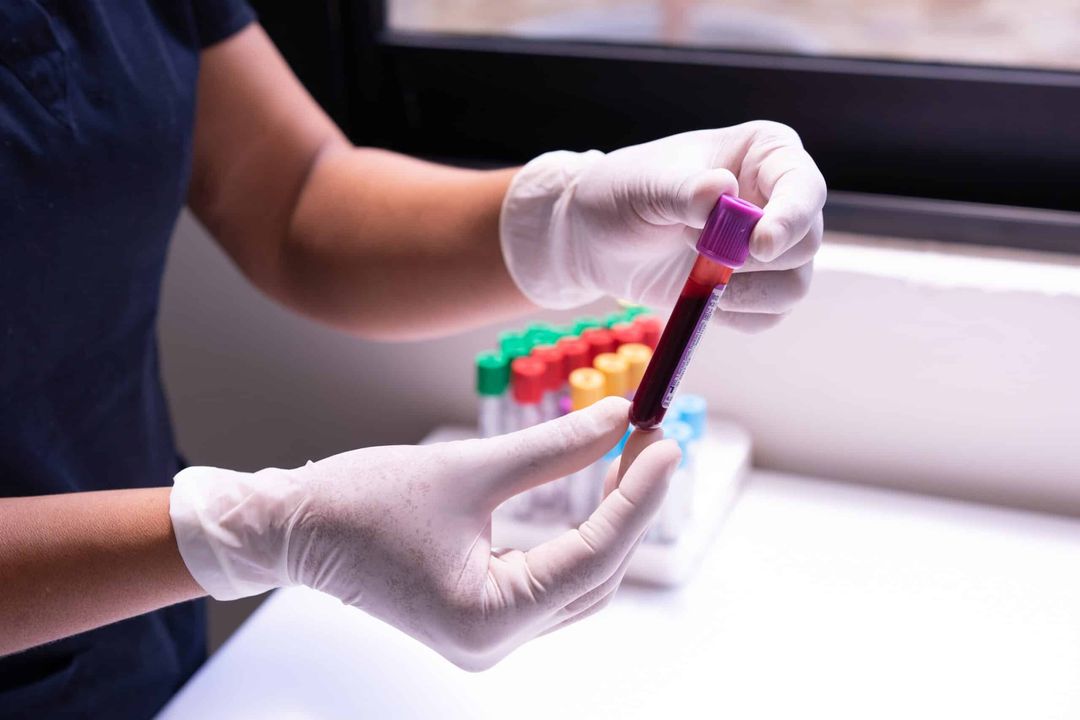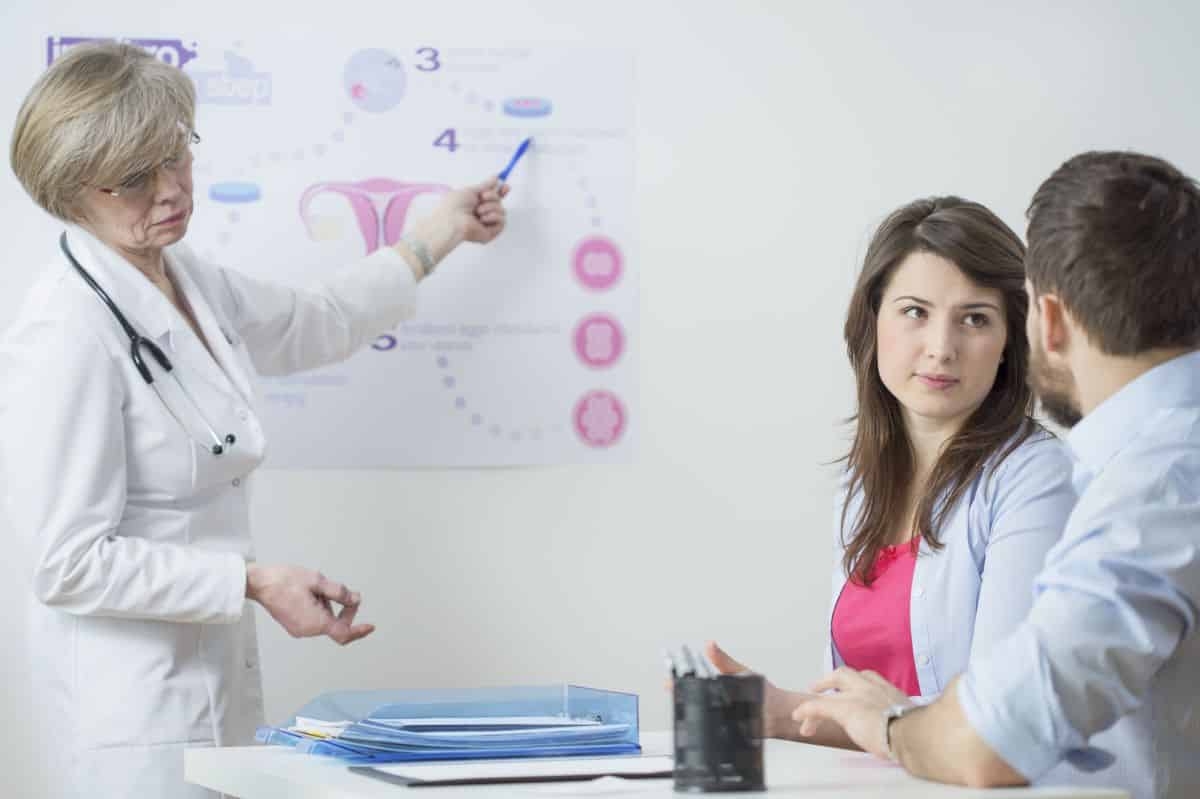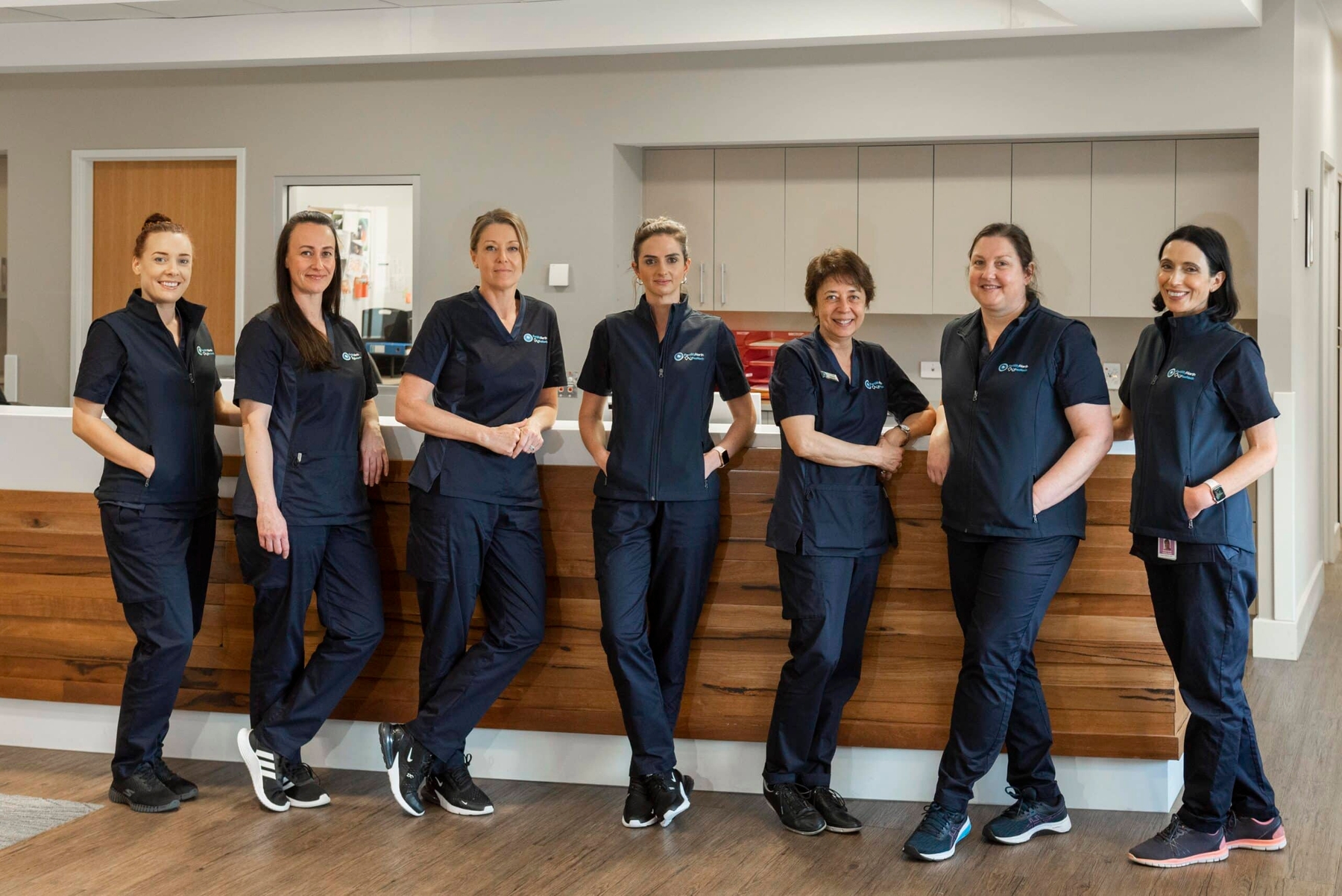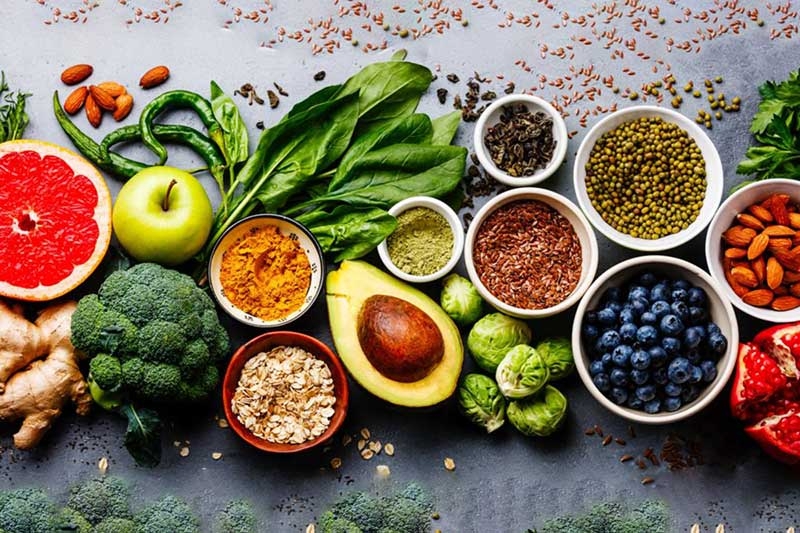Advanced Technology
Ovarian Rejuvenation
Fertility North is the only fertility clinic in Western Australia, and one of the only clinics in Australia, offering Ovarian Rejuvenation therapy. Our clinical trial was registered in 2019 and we offer a number of different Ovarian Rejuvenation treatment options.
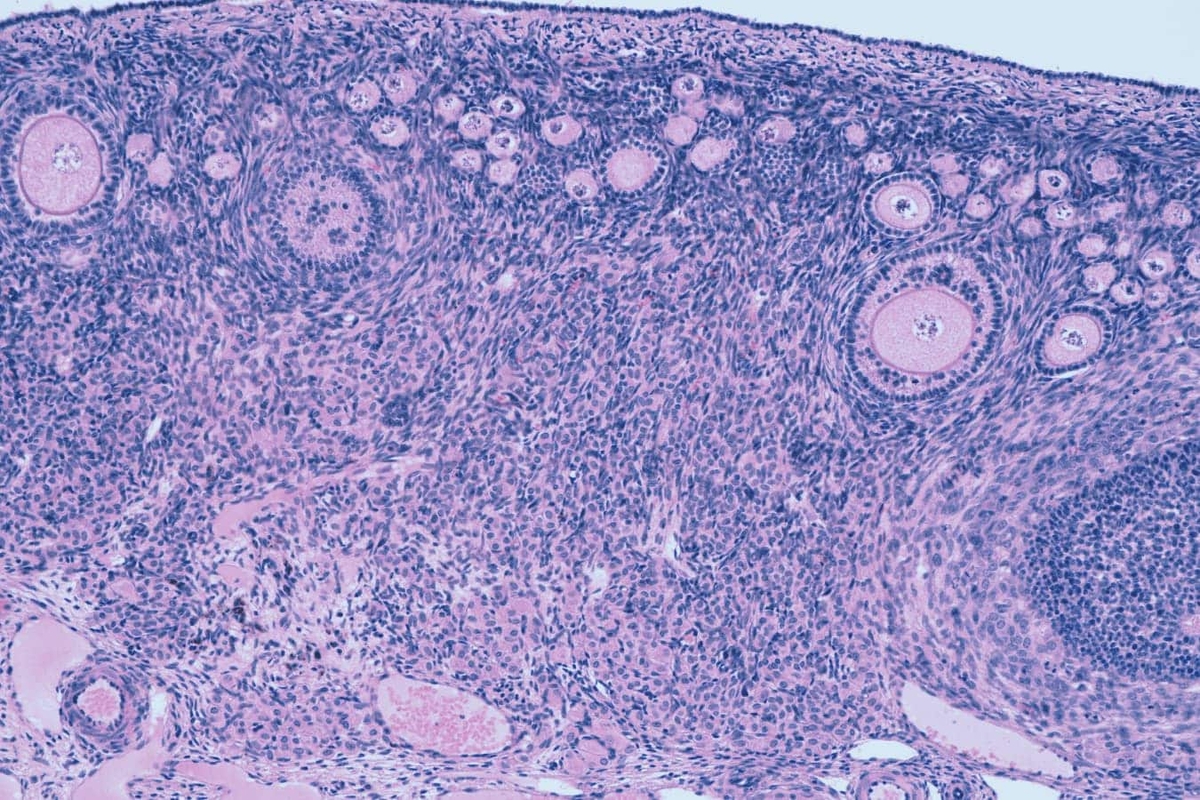
What is Ovarian Rejuvenation?
Ovarian Rejuvenation therapy is a new, experimental procedure, registered as a Clinical Trial, that may stimulate the growth of new eggs in the ovaries of women who have been previously unable to conceive due to:
- Premature ovarian failure (early menopause).
- Suboptimal response to hormone stimulation (low egg numbers during IVF or ICSI or low AMH).
- Advanced maternal age.
Ovarian Rejuvenation involves injecting platelet-rich plasma (PRP) that is rich in growth factors, extracted from a patient’s own serum (autologous), into the ovary using a technique similar to that used to extract eggs for IVF, or into the uterus using the same technique used for IUI
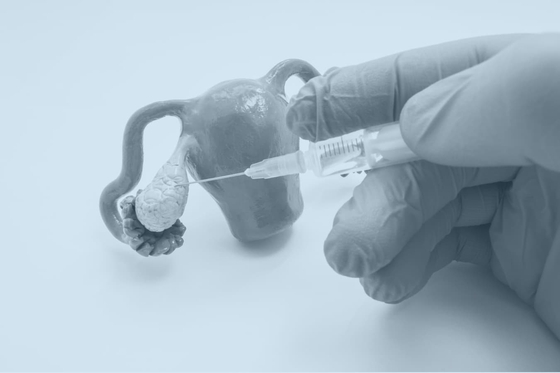
What is Ovarian Rejuvenation used for?
Scientists have thought for over 100 years that women are born with a finite number of eggs. However, new research shows this may not be the case and the ovaries (organs that produce the eggs) may be capable of growing new eggs.
By injecting growth factors directly into the ovaries (Ovarian Rejuvenation), it is hoped in the treatment cycles that follow, there will be an increase in egg and embryo numbers and quality, and a subsequent increase in the chance of pregnancy for patients whose chance would otherwise be very low.
Alternatively, injecting these growth factors into the uterine cavity (IU-PRP), close to the endometrium (uterine lining), has been shown in some studies to improve implantation and pregnancy rates.
What do we know about Ovarian Rejuvenation?
Ovarian Rejuvenation has enabled some women, who have been previously diagnosed as menopausal or too close to menopause to attempt IVF, to undergo IVF or achieve a natural pregnancy.
Ovarian Rejuvenation has assisted some women to have a pregnancy with their own eggs in situations where it was thought that donated eggs were the only option.
Success with Ovarian Rejuvenation may be seen by:
- A return of menstrual periods where they previously had stopped.
- A reduction in FSH levels and a rise in AMH levels in menopausal women, which is hoped will be associated with a return of ovarian function and eggs.
- An improvement in endometrial thickness (IU-PRP).
- An increase in clinical pregnancy rate.
What don't we know about Ovarian Rejuvenation?
Where are the eggs coming from?
There is evidence that suggest these are new eggs made from oocyte precursor cells in the ovary.
Likelihood of success?
Clinical evidence demonstrating effectiveness of ovarian rejuvenation treatment is currently scarce in literature. However, A small randomised pilot study comparing IVF outcomes in women with a proven poor ovarian reserve in their 40’s reports a trend towards benefit that was not statistically significant in treated patients, a 35% no response rate in the treated group and a 7% spontaneous pregnancy rate in treated patients.
Further encouraging results were reported more recently, showing improvement in pregnancy outcomes in patients with poor ovarian response following ovarian rejuvenation. Our preliminary data at Fertility North also indicates improved outcomes, which were presented at the 2022 ESHRE conference and subsequently published in the top fertility journal Human Reproduction.
How long will the improvement last?
It does appear to be a temporary improvement lasting in the order of 6 months.
Safety
Intra-ovarian injections for ovarian rejuvenation and IU-PRP appear to be very safe procedures, with no reported harm occurring as a result of having them done. Unfortunately though, as the numbers are low, the short and long term risks must be regarded as unknown and the procedure must be regarded as experimental. We will be closely monitoring any side effects as part of the study.
What are the risks of Ovarian Rejuvenation?
No medical procedure is without risk, your Doctor will discuss the possible risks associated with the proposed treatment and how they relate to you. A-PRP is currently used with success across a number of different medical fields, including dentistry, cosmetic medicine, sports injuries and eye surgery.
Risk of Infection
The collection, preparation and instillation of the A-PRP are all done aseptically to reduce the risk of introducing infection. However, a very small risk of infection or allergic reaction still remains.
Risk of Discomfort
You may experiencee some mild abdominal discomfort as the A-PRP is injected into the uterus or ovaries. This is generally limited to the procedure itself, and resolves quickly upon completion.
Risk of Failure
As this is a novel procedure, there is a risk that the treatment may not have the desired effect.
Risk of Side Effects
Currently, there have been no reported side effects associated with the injection of A-PRP.
Long Term Risks
Due to Ovarian Rejuvenation and Intrauterine PRP Instillation being such new therapies, the long-term risks are still unknown.

